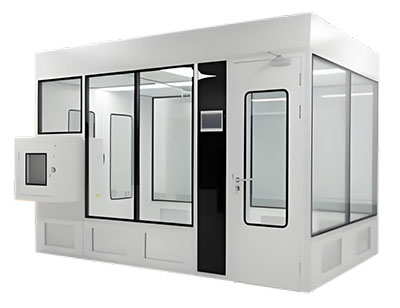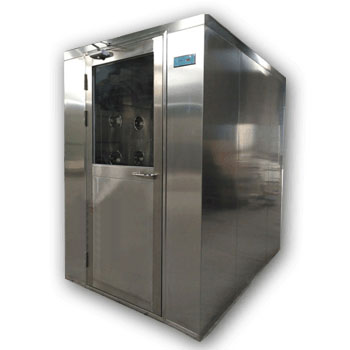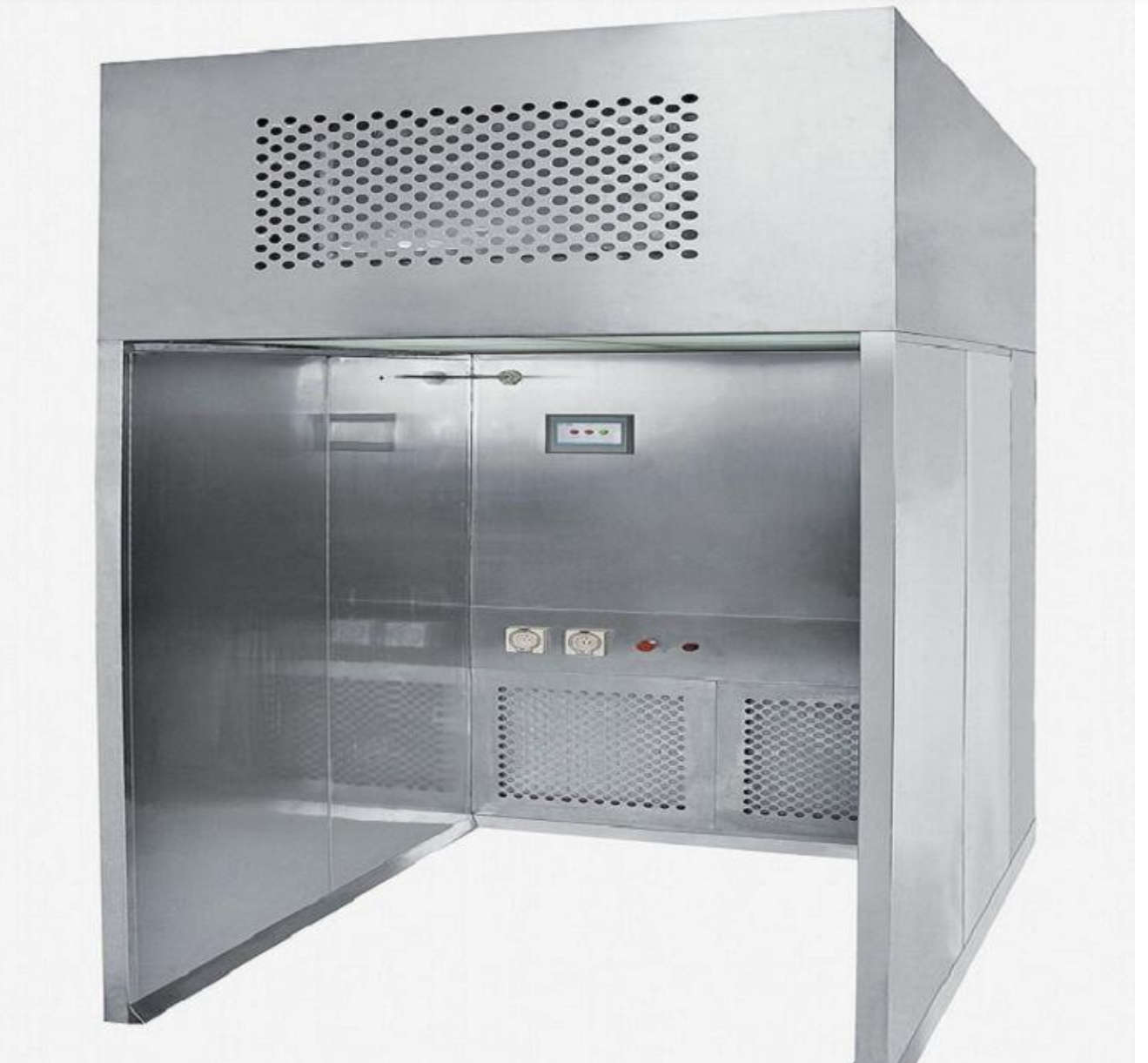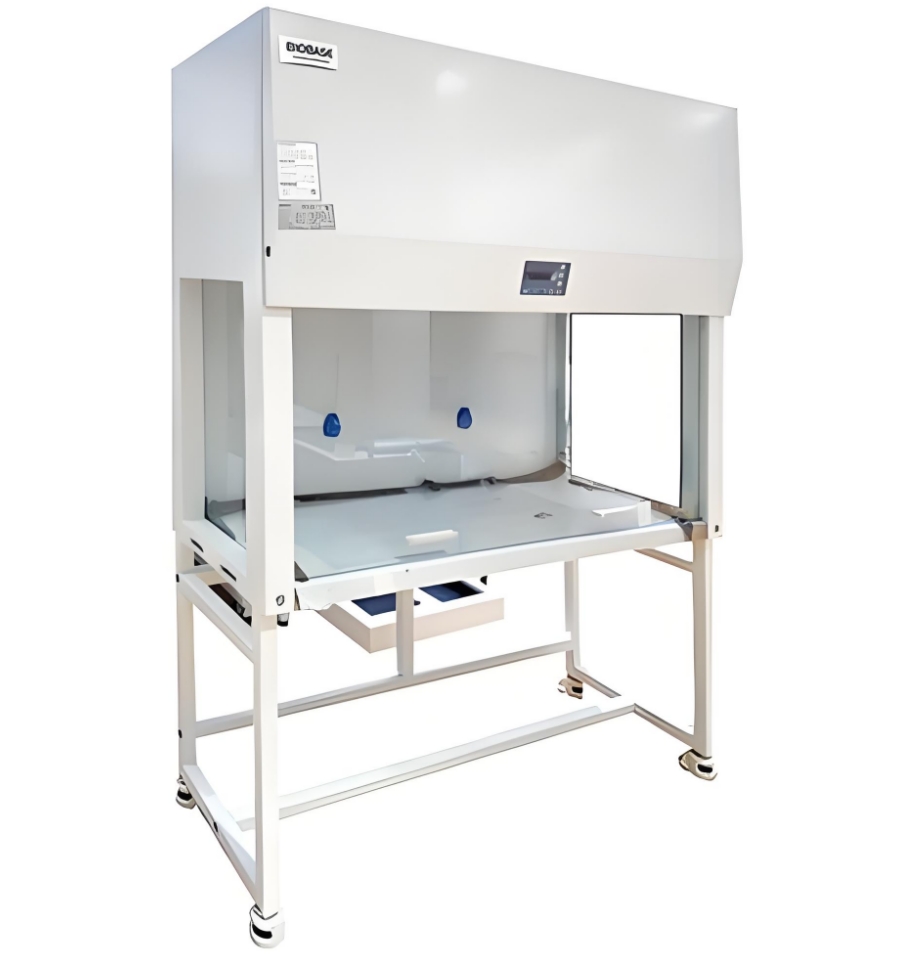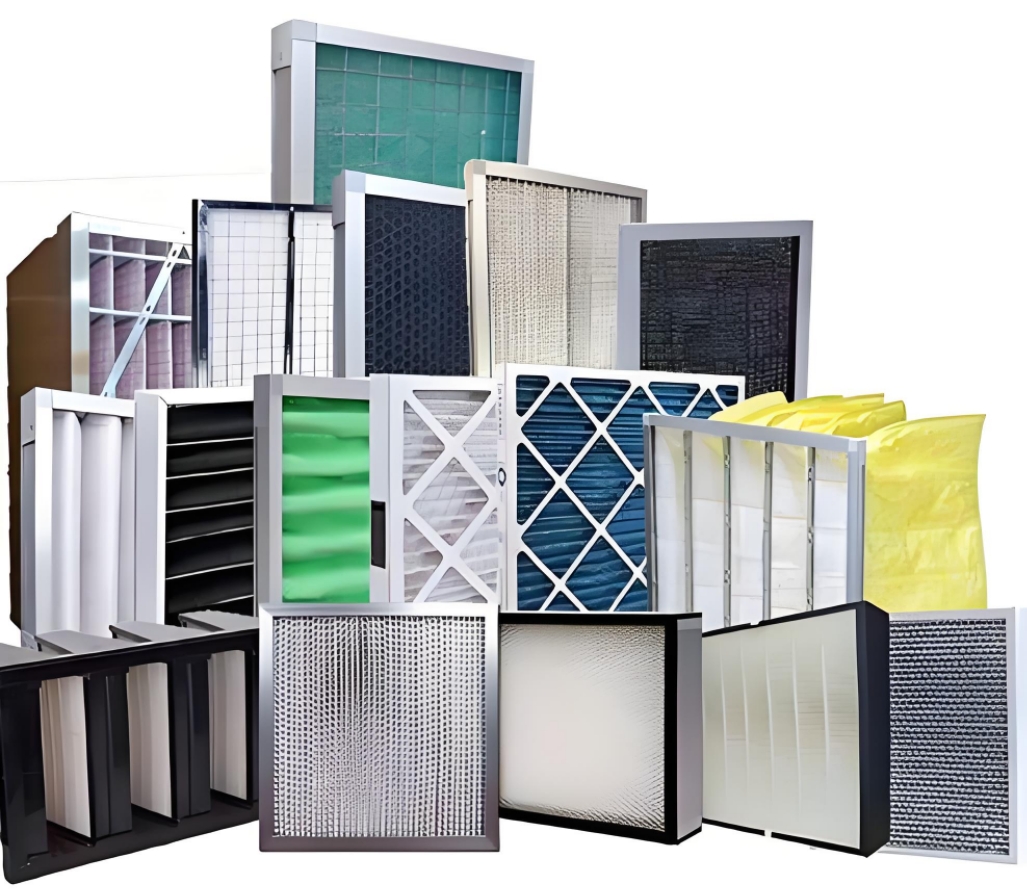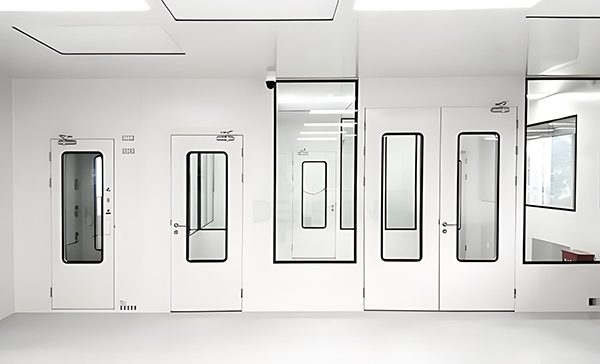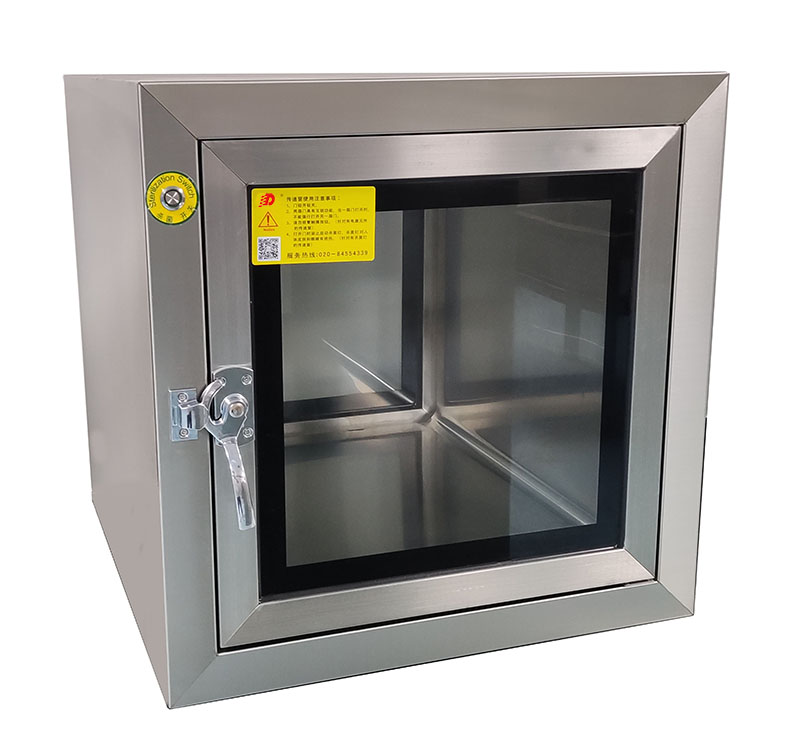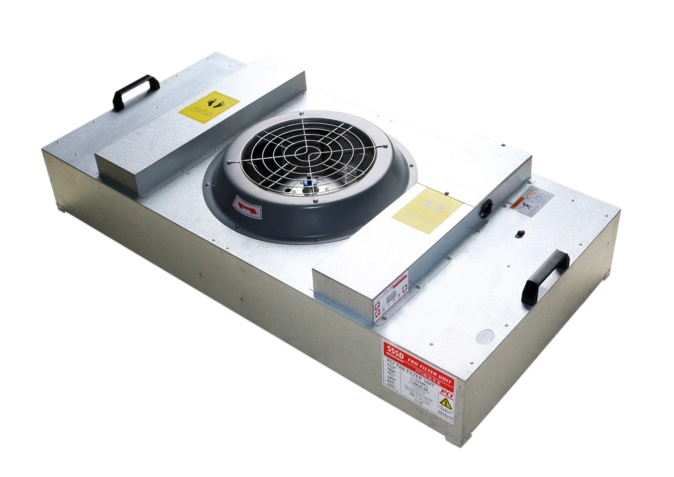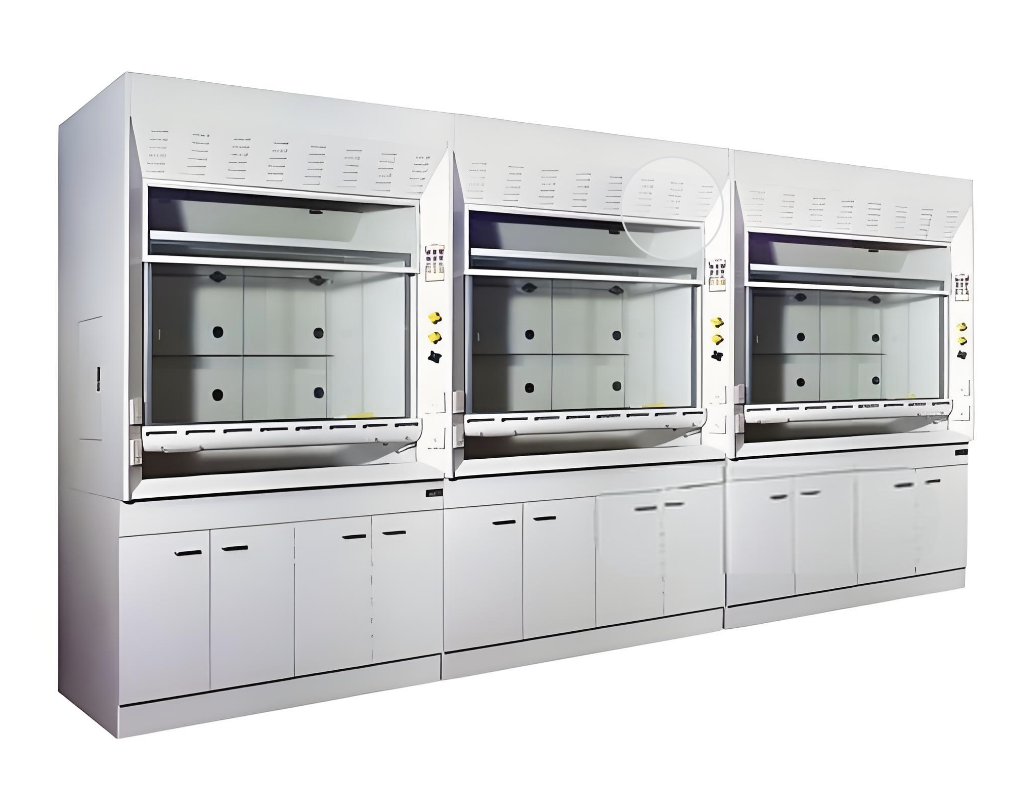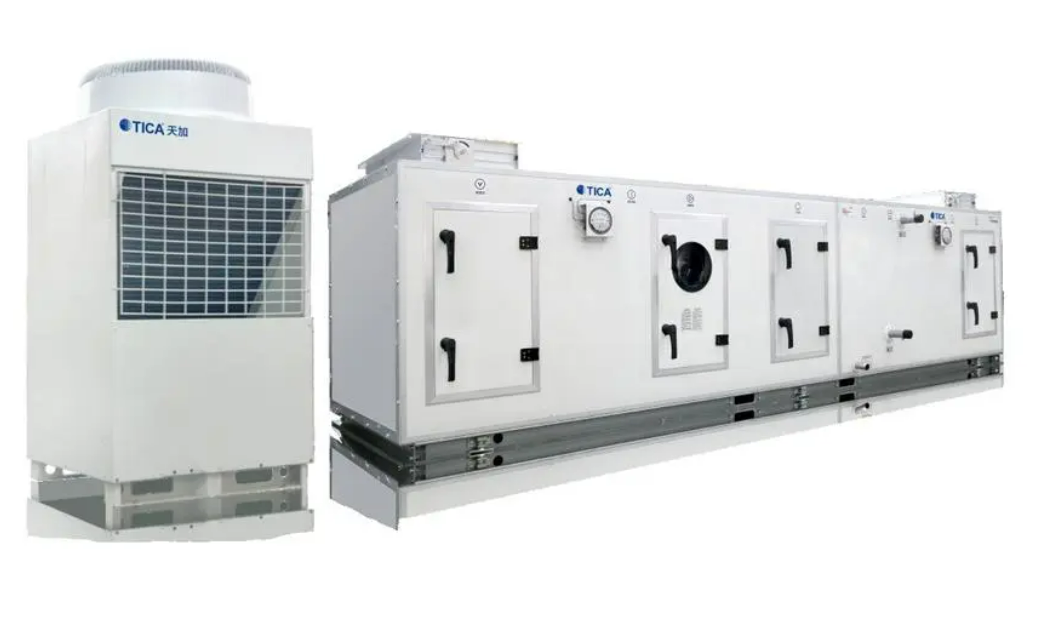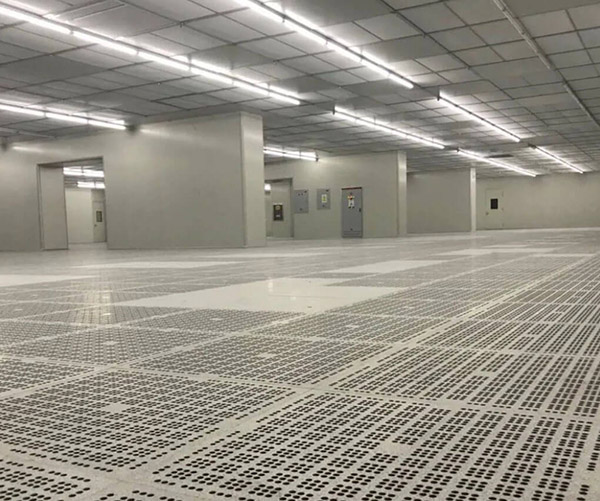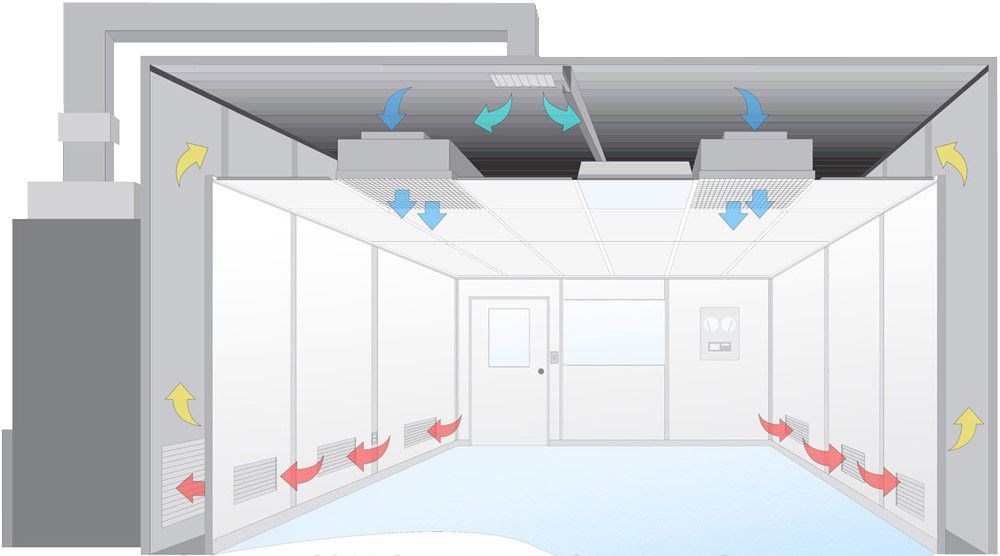Clean benches vs Biosafety Cabinets
Introduction
In laboratory settings, ensuring the safety of both personnel and samples is paramount. Two essential pieces of equipment commonly used are clean benches and biosafety cabinets (BSCs). While they might appear similar, their purposes and functions differ significantly. This guide will explore their distinctions, aiding in selecting the right equipment for your laboratory needs.
Clean Bench: Purpose and Functionality
Primary Purpose
Clean benches are designed to protect samples from airborne contamination. They are particularly useful in environments where the integrity of the product is crucial, but there is no risk of hazardous materials to the user or environment.
How It Works
Clean benches utilize hepa-filtered air blown in a laminar flow over the work surface, creating a pristine environment free from contaminants. This ensures that samples remain uncontaminated by particles in the air.
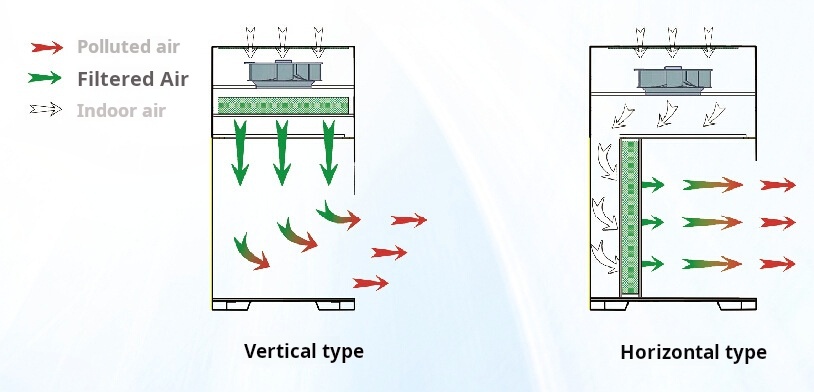
Protection Offered
The primary protection is for the product: while samples are shielded from contamination, clean benches do not offer protection to the user or the surrounding environment. Therefore, they are unsuitable for handling hazardous materials.
Biosafety Cabinet (BSC): Comprehensive Protection
Purpose and Benefits
Unlike clean benches, biosafety cabinets are designed to protect the user, the sample, and the environment from biohazards and other hazardous materials.
Functional Mechanism
BSCs employ a combination of HEPA filtration and carefully controlled airflow patterns, including inward airflow, to trap and prevent the escape of potentially harmful substances, ensuring all-around safety.
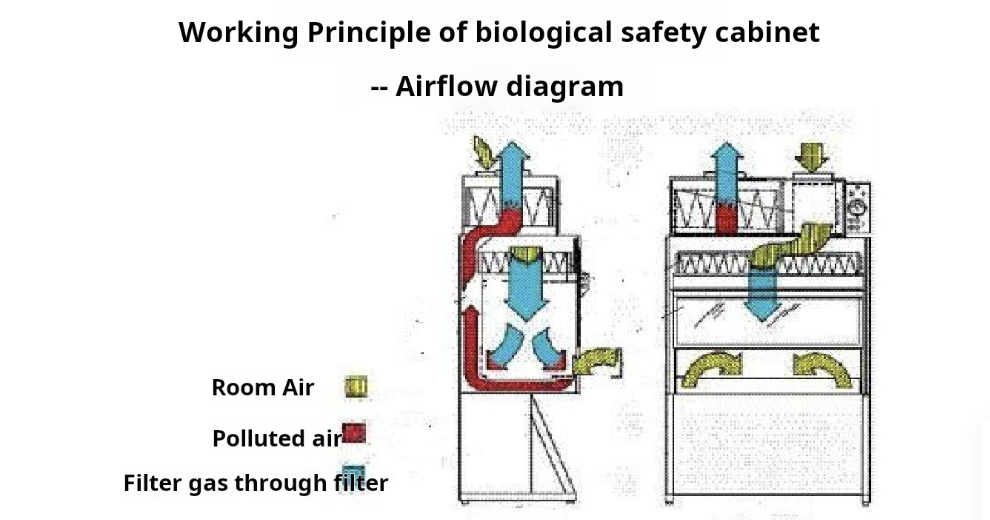
Extent of Protection
These cabinets provide comprehensive protection—safeguarding personnel, samples, and the environment. This makes them ideal for laboratories dealing with infectious agents or hazardous biological materials.
Comparison Table
| Feature | Clean Bench | Biosafety Cabinet |
|---|---|---|
| Primary Protection | Product only | User, product, and environment |
| Airflow | Laminar outward flow | Controlled inward/vertical flow |
| HEPA Filtration | Yes (supply air) | Yes (supply and exhaust) |
| Suitable for Hazards | No | Yes |
What is the Difference Between a Clean Bench and a Biosafety Cabinet?
Clean Bench
- Protects the product from contamination
- Uses hepa filters for incoming air
- Creates laminar flow to sweep away contaminants
- Does not protect user or environment
- Not suitable for hazardous materials
Biosafety Cabinet (BSC)
- Protects user, product, and environment
- Uses HEPA filtration and controlled airflow
- Creates sterile working area
- Prevents escape of harmful agents
- Classified into levels I, II, III
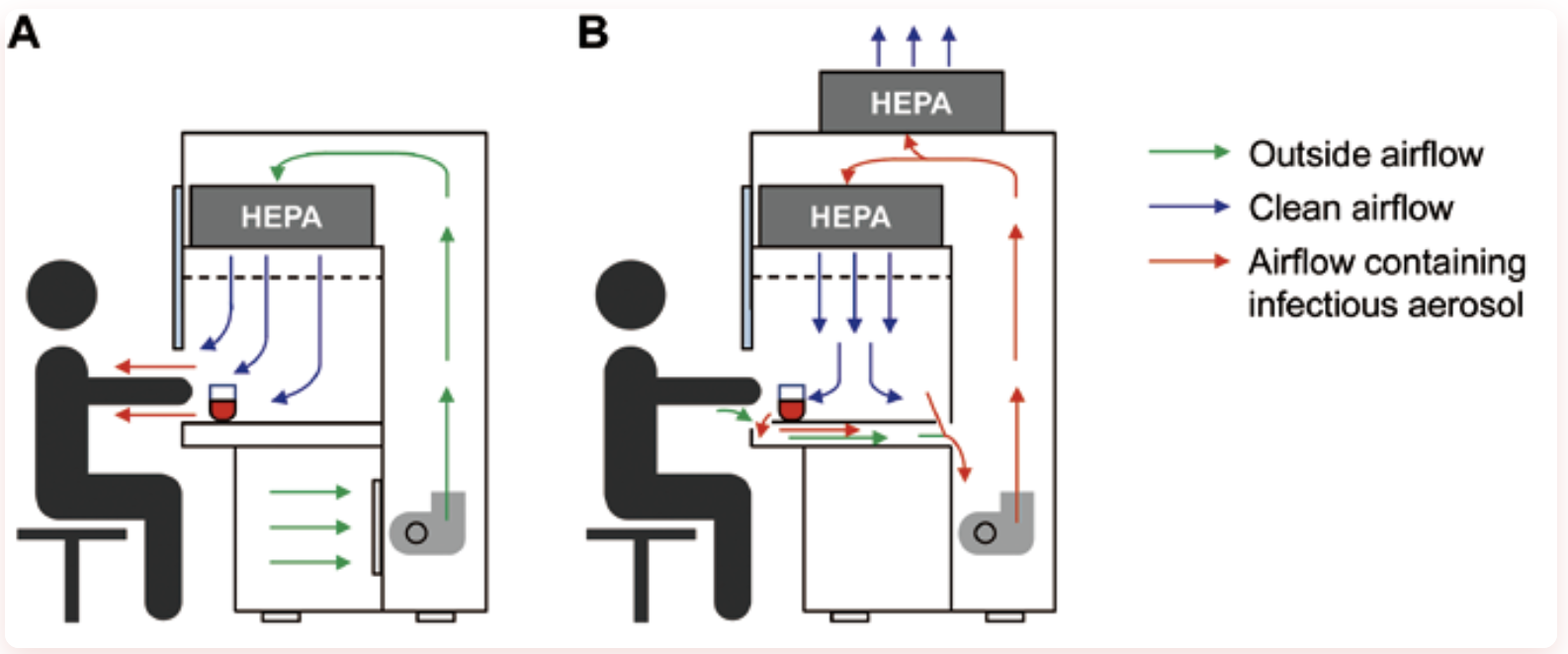
In summary, the key difference lies in their functionality: clean benches protect the product, while biosafety cabinets safeguard both the product and the personnel.
Advantages and Disadvantages
Clean Bench
Advantages
- Cost-effective
- Simple to use
- Ideal for non-hazardous materials
Disadvantages
- No user protection
- Limited applications with biohazardous materials
Biosafety Cabinet
Advantages
- Protects laboratory personnel
- Ensures environmental safety
- Maintains product sterility
Disadvantages
- More expensive
- Requires strict protocols and maintenance
- Needs thorough personnel training
Why Work Under a Safety Cabinet?
Enhanced Safety
BSCs contain aerosols and protect users from harmful biological agents, reducing exposure risk.
Environmental Protection
hepa filters and airflow patterns contain hazardous substances, preventing workspace contamination.
Regulatory Compliance
Ensures adherence to CDC and WHO standards, enhancing laboratory credibility.
Three Types of Biosafety Cabinets
| Type | Protection | Description |
|---|---|---|
| Class I BSC | Personnel only | Provides personnel protection but does not protect the product from contamination. |
| Class II BSC | Personnel and product | Most commonly used in microbiological labs, offering both personnel and product protection. |
| Class III BSC | Maximum containment | Total containment cabinet for highly infectious agents, operates under negative pressure with glove ports. |

Example of a modern biosafety cabinet in laboratory setting
What is a Clean air Cabinet?
Functionality
Utilizes HEPA filters to trap airborne particles and maintain a clean atmosphere, ideal for procedures requiring minimal contamination.
Applications
Commonly used for non-hazardous materials in sample preparation, Electronics assembly, and pharmaceutical compounding.
Limitations
Does not protect users from hazardous materials, making it unsuitable for pathogenic organisms or toxic substances.
Conclusion
Clean air cabinets serve an essential role in specific laboratory environments. However, selecting the appropriate equipment—whether a clean bench or a biosafety cabinet—depends on the nature of the work being conducted and the level of safety required.
About Deiiang Company
Deiiang Company is a leader in cleanroom technology and environmental control systems. With a commitment to innovation and quality, we provide state-of-the-art clean benches and biosafety cabinets tailored to meet the rigorous needs of modern laboratories. Our products comply with domestic and international standards, ensuring that our clients benefit from the highest safety and efficiency standards.
Common Questions and Answers
1. Can a clean bench provide any user protection?
No, clean benches only protect the product, not the user or the environment.
2. What is a Class II BSC used for?
A Class II BSC is used for handling moderate-risk biological agents offering protection for both product, personnel, and the environment.
3. Are HEPA filters enough to contain pathogens?
In BSCs, HEPA filters combined with careful airflow design effectively contain pathogens.
Conclusion
Understanding the differences between clean benches and biosafety cabinets is crucial for ensuring laboratory safety and efficiency. While clean benches provide a contamination-free environment for samples, biosafety cabinets offer broader protection necessary for handling hazardous substances. Proper selection based on the nature of your work will ensure both safety and compliance with regulatory standards.
 +86 18186671616
+86 18186671616 Jason@cleanroomequips.com
Jason@cleanroomequips.com
 MENU
MENU

